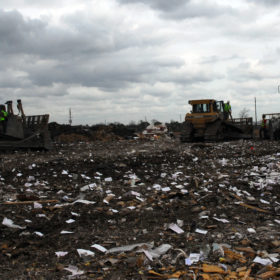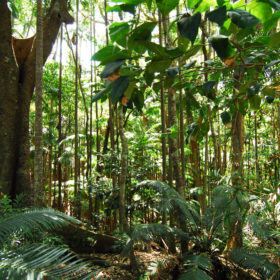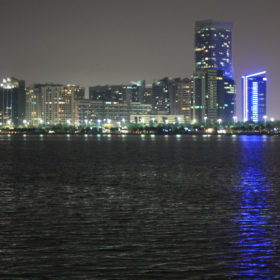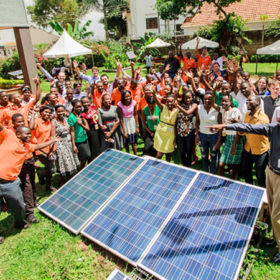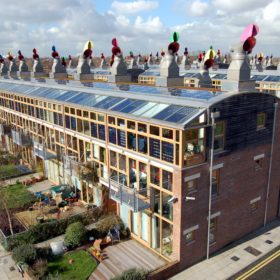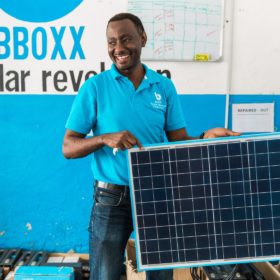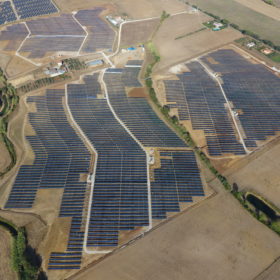UK council to deploy solar-plus-storage on landfill to generate income
With budgets continuing to be slashed, one authority is eyeing solar-plus-storage to boost revenue. It is not the first time a U.K. council has decided to turn a landfill site into an income generating asset.
‘No alternative to 100% renewables’
Transition to a world run entirely on clean energy – together with the implementation of natural climate solutions – is the only way to halt climate change and keep the global temperature rise below 1.5°C, according to another significant study.
Middle East solar pioneers have their efforts recognized
DEWA projects featured strongly in this year’s accolades but there was also recognition for projects beyond the region and some eye-catching innovations.
Solar investment slid on the back of cheaper modules and China setback
The world again saw more than $300 billion of clean energy investment in 2018, according to BloombergNEF, and although wind narrowed the gap on solar, plunging module prices skewed the figures as PV capacity additions rose 10 GW.
SolarNow to bring off-grid PV to 17,500 more Ugandan homes
The domestic company has cleared a third debt funding facility of $9 million with Kenya-based SunFunder, responsAbility and Oikocredit. The credit means 2.5 MW of off-grid capacity, enough to bring energy to 70.000 people.
Solar stars at new-look Zayed Sustainability Awards
A Californian company which provides PV power to maternity clinics in the developing world was an award winner alongside British pay-as-you-go electricity provider BBOXX. And a school in Tajikistan which aims to go fully solar powered secured a cool $100,000 towards that ambition.
EU issues £1.9 million grant to Britain for PV and energy efficiency
The UK cities of Bristol and Plymouth and the county of Devon will get £1.9 million to develop energy efficiency, sustainability, and clean energy projects. Bristol in 2014 received a £50 million grant to accelerate its plans to be carbon neutral by 2050. Devon has ambitious plans of becoming 80% carbon neutral by the same date.
BBOXX secures $31m investment – as well as a top eco prize
Topping off a great week for the British next generation utility platform, BBOXX won the Zayed Energy Prize after receiving funding from the Africa Infrastructure Investment Managers fund to speed up roll out of its platform in Rwanda, Kenya and the Democratic Republic of Congo.
Italy sets 2030 solar target of 50 GW
The Italian government has published a plan for climate and energy envisaging a central role for solar in the nation’s energy mix, with PV expected to represent more than the half the power generation capacity from renewables by the end of the next decade.
Blockchain system prepares morning croissants under a six-building self-consumption project in France
In Prémian, southern France, a blockchain project developed by Sunchain is providing six consumers with solar power and certifying transactions – which also involve local distribution system operator Enedis.
